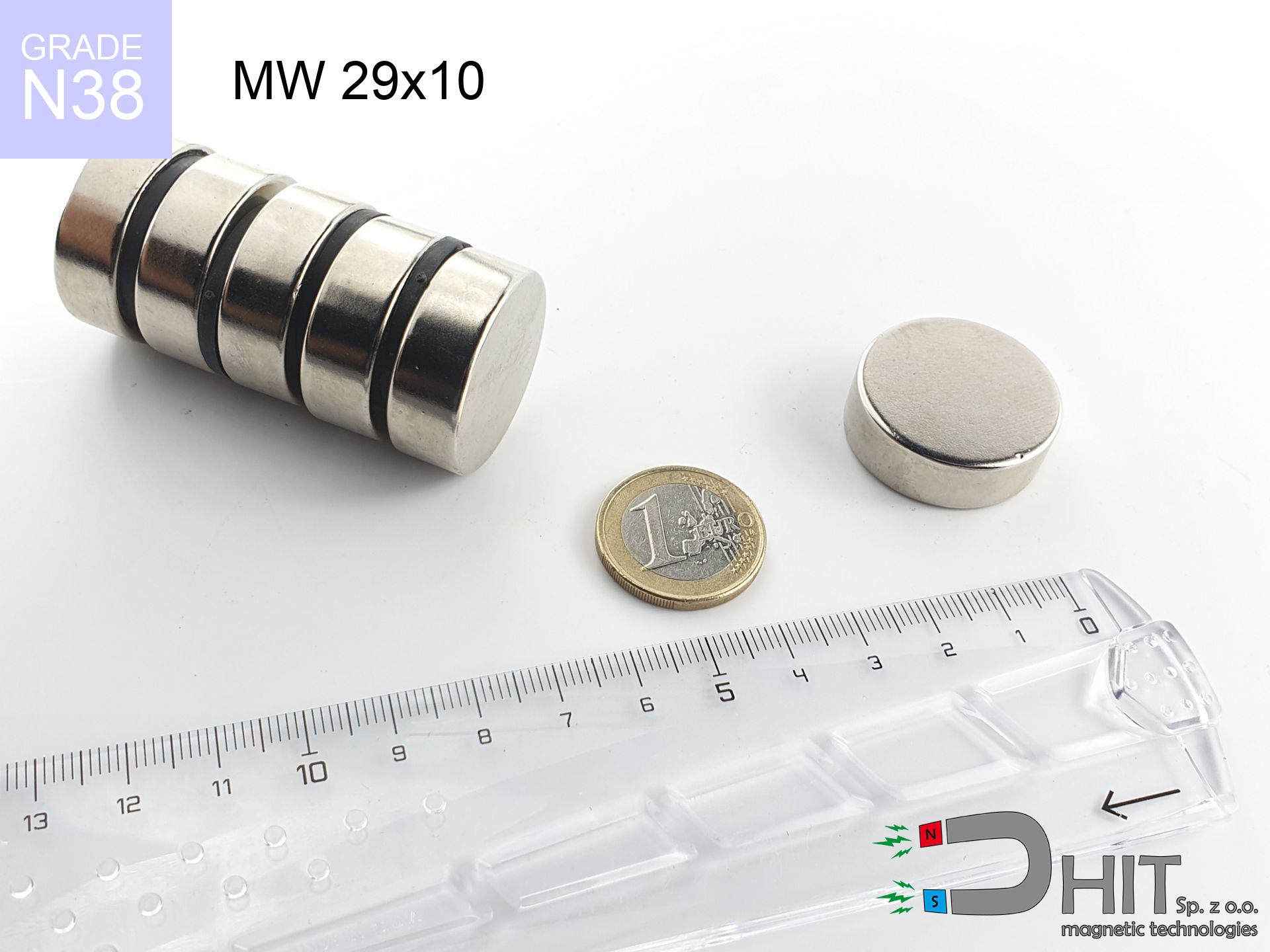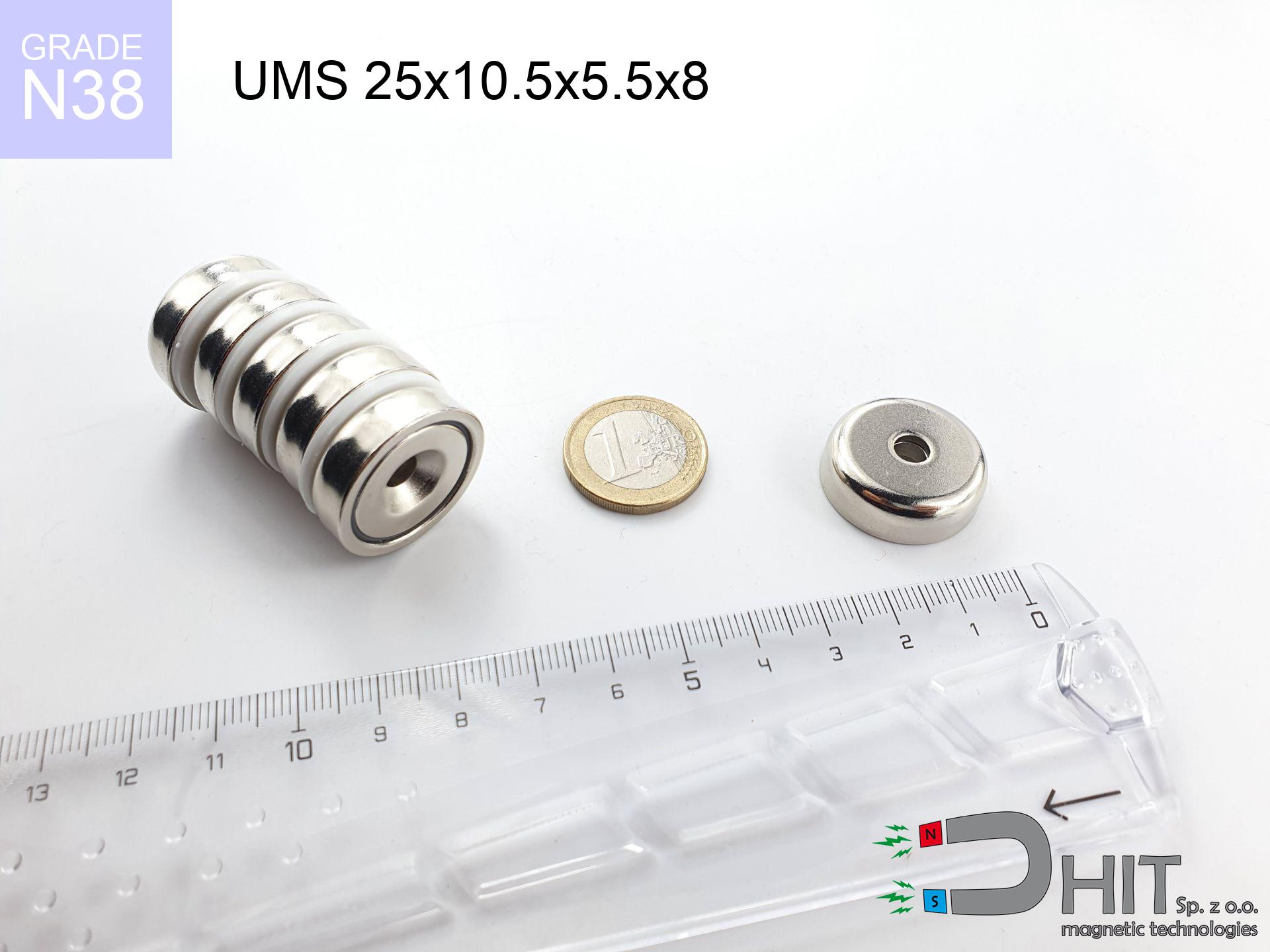BM 750x180x70 [4x M8] - magnetic beam
magnetic beam
Catalog no 090223
GTIN/EAN: 5906301812586
length
750 mm [±1 mm]
Width
180 mm [±1 mm]
Height
70 mm [±1 mm]
Weight
48150 g
6914.94 ZŁ with VAT / pcs + price for transport
5621.90 ZŁ net + 23% VAT / pcs
bulk discounts:
Need more?
Call us now
+48 22 499 98 98
or drop us a message through
request form
the contact page.
Force as well as structure of a magnet can be reviewed with our
force calculator.
Orders submitted before 14:00 will be dispatched today!
Product card - BM 750x180x70 [4x M8] - magnetic beam
Specification / characteristics - BM 750x180x70 [4x M8] - magnetic beam
| properties | values |
|---|---|
| Cat. no. | 090223 |
| GTIN/EAN | 5906301812586 |
| Production/Distribution | Dhit sp. z o.o. |
| Country of origin | Poland / China / Germany |
| Customs code | 85059029 |
| length | 750 mm [±1 mm] |
| Width | 180 mm [±1 mm] |
| Height | 70 mm [±1 mm] |
| Weight | 48150 g |
| Manufacturing Tolerance | ±1 mm |
Physical properties of sintered neodymium magnets Nd2Fe14B at 20°C
| properties | values | units |
|---|---|---|
| Vickers hardness | ≥550 | Hv |
| Density | ≥7.4 | g/cm3 |
| Curie Temperature TC | 312 - 380 | °C |
| Curie Temperature TF | 593 - 716 | °F |
| Specific resistance | 150 | μΩ⋅cm |
| Bending strength | 250 | MPa |
| Compressive strength | 1000~1100 | MPa |
| Thermal expansion parallel (∥) to orientation (M) | (3-4) x 10-6 | °C-1 |
| Thermal expansion perpendicular (⊥) to orientation (M) | -(1-3) x 10-6 | °C-1 |
| Young's modulus | 1.7 x 104 | kg/mm² |
Chemical composition
| iron (Fe) | 64% – 68% |
| neodymium (Nd) | 29% – 32% |
| boron (B) | 1.1% – 1.2% |
| dysprosium (Dy) | 0.5% – 2.0% |
| coating (Ni-Cu-Ni) | < 0.05% |
Ecology and recycling (GPSR)
| recyclability (EoL) | 100% |
| recycled raw materials | ~10% (pre-cons) |
| carbon footprint | low / zredukowany |
| waste code (EWC) | 16 02 16 |
Other products
Pros and cons of neodymium magnets.
Pros
- They have stable power, and over nearly ten years their attraction force decreases symbolically – ~1% (in testing),
- They possess excellent resistance to magnetism drop as a result of opposing magnetic fields,
- The use of an shiny finish of noble metals (nickel, gold, silver) causes the element to look better,
- They show high magnetic induction at the operating surface, making them more effective,
- Thanks to resistance to high temperature, they are able to function (depending on the shape) even at temperatures up to 230°C and higher...
- Due to the potential of free molding and customization to unique projects, magnetic components can be modeled in a broad palette of geometric configurations, which amplifies use scope,
- Versatile presence in innovative solutions – they find application in magnetic memories, brushless drives, medical equipment, as well as technologically advanced constructions.
- Relatively small size with high pulling force – neodymium magnets offer impressive pulling force in tiny dimensions, which allows their use in compact constructions
Weaknesses
- Brittleness is one of their disadvantages. Upon strong impact they can fracture. We advise keeping them in a steel housing, which not only protects them against impacts but also increases their durability
- Neodymium magnets lose their power under the influence of heating. As soon as 80°C is exceeded, many of them start losing their power. Therefore, we recommend our special magnets marked [AH], which maintain stability even at temperatures up to 230°C
- They rust in a humid environment - during use outdoors we advise using waterproof magnets e.g. in rubber, plastic
- Due to limitations in realizing threads and complex forms in magnets, we propose using casing - magnetic mount.
- Possible danger related to microscopic parts of magnets are risky, when accidentally swallowed, which is particularly important in the context of child health protection. Additionally, small elements of these products are able to be problematic in diagnostics medical in case of swallowing.
- With large orders the cost of neodymium magnets is economically unviable,
Lifting parameters
Magnetic strength at its maximum – what it depends on?
- using a sheet made of low-carbon steel, functioning as a circuit closing element
- whose thickness is min. 10 mm
- with an ground contact surface
- with direct contact (no coatings)
- for force applied at a right angle (pull-off, not shear)
- at temperature approx. 20 degrees Celsius
Magnet lifting force in use – key factors
- Gap between magnet and steel – even a fraction of a millimeter of distance (caused e.g. by veneer or dirt) significantly weakens the magnet efficiency, often by half at just 0.5 mm.
- Force direction – declared lifting capacity refers to pulling vertically. When attempting to slide, the magnet holds significantly lower power (often approx. 20-30% of nominal force).
- Wall thickness – the thinner the sheet, the weaker the hold. Part of the magnetic field passes through the material instead of converting into lifting capacity.
- Material composition – not every steel reacts the same. High carbon content weaken the attraction effect.
- Surface finish – ideal contact is obtained only on polished steel. Rough texture create air cushions, reducing force.
- Temperature influence – high temperature reduces magnetic field. Too high temperature can permanently damage the magnet.
Holding force was tested on the plate surface of 20 mm thickness, when the force acted perpendicularly, in contrast under attempts to slide the magnet the load capacity is reduced by as much as fivefold. In addition, even a minimal clearance between the magnet’s surface and the plate decreases the holding force.
Precautions when working with NdFeB magnets
Flammability
Powder generated during cutting of magnets is combustible. Do not drill into magnets unless you are an expert.
Beware of splinters
Despite metallic appearance, the material is brittle and not impact-resistant. Avoid impacts, as the magnet may shatter into hazardous fragments.
Do not underestimate power
Use magnets with awareness. Their huge power can shock even experienced users. Stay alert and respect their power.
Threat to electronics
Data protection: Strong magnets can damage data carriers and sensitive devices (heart implants, hearing aids, timepieces).
GPS Danger
Remember: neodymium magnets generate a field that confuses sensitive sensors. Keep a safe distance from your mobile, tablet, and navigation systems.
Pacemakers
Individuals with a pacemaker should keep an absolute distance from magnets. The magnetic field can disrupt the operation of the life-saving device.
Swallowing risk
These products are not suitable for play. Swallowing several magnets may result in them connecting inside the digestive tract, which constitutes a severe health hazard and requires urgent medical intervention.
Nickel allergy
Studies show that nickel (standard magnet coating) is a common allergen. If your skin reacts to metals, prevent touching magnets with bare hands or choose encased magnets.
Demagnetization risk
Do not overheat. Neodymium magnets are sensitive to heat. If you require resistance above 80°C, inquire about HT versions (H, SH, UH).
Crushing force
Pinching hazard: The attraction force is so great that it can cause blood blisters, pinching, and even bone fractures. Use thick gloves.

![Plate separator BM 750x180x70 [4x M8] Plate separator BM 750x180x70 [4x M8]](https://cdn3.dhit.pl/graphics/banners/magnet.webp)
![BM 750x180x70 [4x M8] - magnetic beam](https://cdn3.dhit.pl/graphics/products/bm-750x180x70-4x-m8-zif.jpg)





